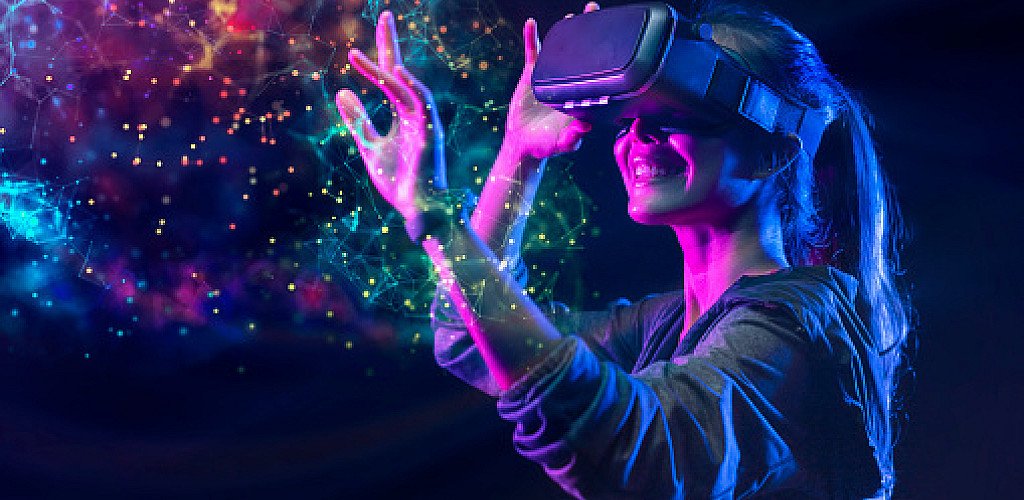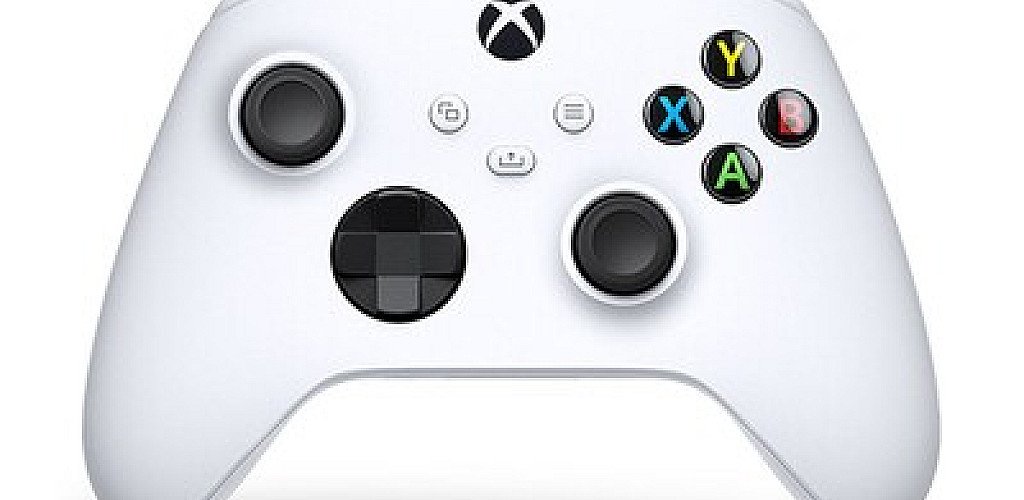WHAT’S THE DIFFERENCE BETWEEN AR, VR, AND MR?
WHAT’S THE DIFFERENCE BETWEEN AR, VR, AND MR?

Augmented reality (AR), virtual reality (VR), and mixed reality (MR) are three emerging technologies that have been generating a lot of buzz in recent years. While they may seem similar on the surface, each of these technologies offers a unique set of capabilities and benefits that make them suitable for different applications. In this article, we will explore the differences between AR, VR, and MR in detail.
Virtual Reality (VR)
Virtual Reality (VR) is a computer-generated simulation of a three-dimensional environment that can be interacted with in a seemingly real or physical way by a user wearing a VR headset. The headset contains a screen that displays a stereoscopic view of the virtual environment and may also include built-in headphones for immersive audio.
VR technology has been used for a variety of applications, from gaming to training simulations to medical procedures. In the gaming industry, VR has been used to create immersive experiences that allow players to feel like they are part of the game world. For example, players can explore virtual environments, solve puzzles, and interact with objects and other players.
VR has also been used in training and education, such as in medical training where VR simulations can be used to train surgeons or dentists. VR can also be used for architectural design and real estate tours, allowing potential buyers to experience a property before it is built.
Augmented Reality (AR)
Augmented Reality (AR) is a technology that overlays digital information on top of the real world, enhancing a user's experience by adding virtual elements to the environment. AR can be experienced through a mobile device or through special glasses or headsets.
AR technology has been used for a variety of applications, including gaming, advertising, and retail. For example, the popular game Pokemon Go uses AR technology to place virtual creatures in the real world, allowing players to catch them using their mobile devices. AR can also be used in advertising, allowing customers to try on virtual clothing or accessories without leaving their homes.
AR can also be used for educational purposes, such as interactive museum exhibits or for medical procedures. AR technology can overlay information on top of the real world, providing doctors with real-time information during surgery or allowing medical students to practice procedures in a virtual environment.
Mixed Reality (MR)
Mixed Reality (MR) is a technology that combines elements of both VR and AR, allowing users to interact with digital objects while also being aware of their physical environment. MR technology uses sensors to track the user's movements and position and overlays virtual objects in real-time, allowing the user to interact with them.
MR technology has been used in a variety of applications, including gaming, education, and industrial design. For example, the Microsoft HoloLens is a popular MR headset that allows users to interact with virtual objects while also being aware of their surroundings. This technology has been used for training simulations, allowing users to practice complex procedures or interact with dangerous environments safely.
MR technology has also been used in the entertainment industry, such as live performances that incorporate virtual elements, creating an immersive experience for the audience. In the education sector, MR technology can be used to create interactive learning experiences that allow students to explore complex concepts in a hands-on manner.
Conclusion
In conclusion, while AR, VR, and MR may seem similar, each technology offers unique capabilities and benefits that make them suitable for different applications. VR provides an immersive experience that allows users to interact with a virtual environment, while AR overlays digital information on top of the real world, enhancing the user's experience. MR combines elements of both VR and AR, allowing users to interact with digital objects while also being aware of their physical environment.
As these technologies continue to evolve, it is likely that we will see more applications in a variety of industries, including healthcare, entertainment, and education. The possibilities are endless, and it will be exciting

-medium.jpg)






Comments